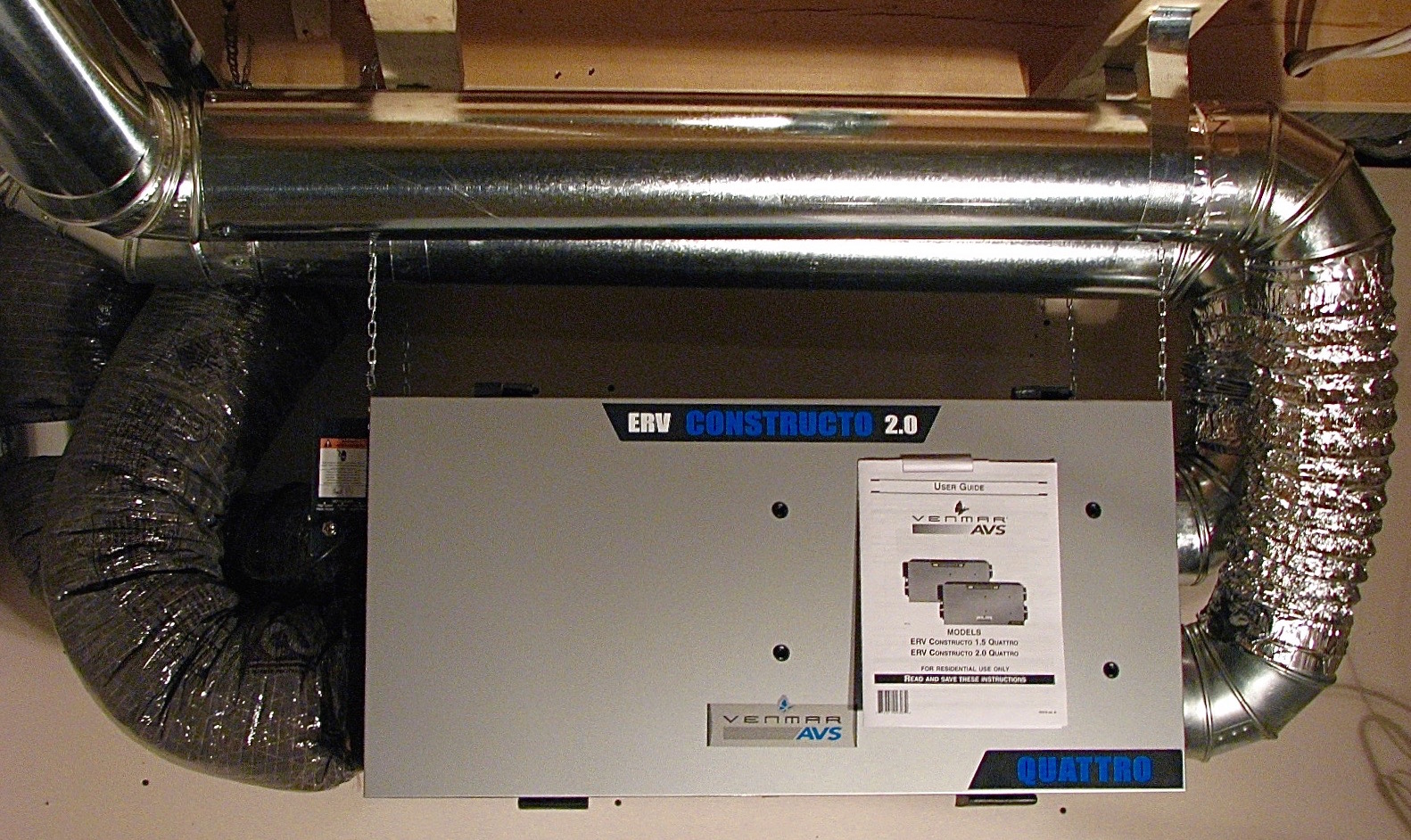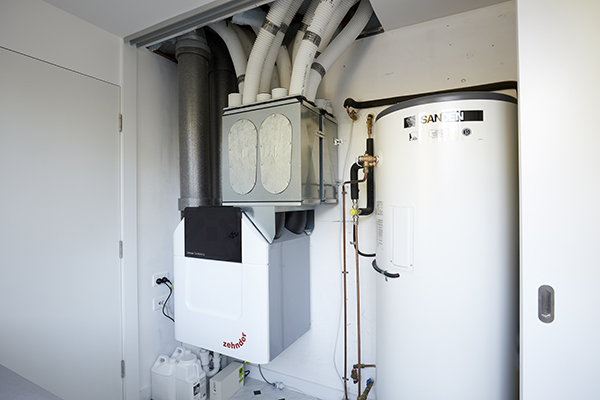Checking out the Benefits of Heat Recovery Ventilation for Energy Effectiveness in Homes
Heat Recovery Ventilation (HRV) systems use home owners a practical approach to enhancing energy effectiveness. By redeeming warmth from outgoing air, these systems can significantly decrease cooling and heating costs. Additionally, they supply a consistent supply of fresh air, boosting interior air high quality and comfort levels. As home owners take into consideration sustainable options, comprehending the nuances of HRV systems ends up being significantly vital. What elements should one assess before making such a financial investment?
Understanding Heat Recovery Ventilation Solutions

Just How HRV Enhances Indoor Air High Quality

Power Savings: The Economic Benefits of HRV
Making the most of power performance, heat recovery ventilation (HRV) systems provide substantial monetary benefits for home owners. By recuperating and reusing heat from exhaust air, HRVs significantly lower heating & cooling expenses. This modern technology can result in energy savings of up to 30%, depending on climate and usage patterns. Property owners often see minimized energy costs soon after installation, making HRVs an economically smart financial investment over time. Additionally, many regions offer rewards or discounts for energy-efficient upgrades, additionally improving the economic allure. As power costs proceed to climb, the cost-effectiveness of HRVs comes to be significantly clear. On the whole, the unification of HRV systems not just promotes power effectiveness yet likewise adds to long-term financial cost savings for homes.
The Ecological Impact of Heat Recovery Ventilation
A substantial ecological advantage of heat recovery ventilation (HRV) systems hinges on their ability to reduce total power consumption. By recovering warmth from exhaust air and moving it to incoming fresh air, HRV systems minimize the demand for energy-intensive home heating and cooling down techniques. This reduction in energy demand adds to lower greenhouse gas emissions, as much less nonrenewable fuel source is called for to keep comfy interior temperature levels. Additionally, HRV systems improve indoor air quality by effectively trading stagnant air with fresh exterior air, reducing reliance on mechanical cooling systems that can hurt the environment. Overall, the application of HRV systems supports lasting living practices and straightens with you can try here worldwide efforts to combat environment adjustment by promoting power effectiveness in household setups.
Selecting the Right HRV System for Your Home
How can property owners guarantee they choose the appropriate heat recovery ventilation (HRV) system for their demands? Initially, they must assess their home's dimension and design, as these elements affect air flow requirements. Next, reviewing the system's performance rankings is important, as higher ratings show much better efficiency and energy savings. Homeowners ought to likewise take into consideration installation and upkeep expenses, contrasting various brand names and versions for value. Additionally, it is very important to assess sound degrees, as some systems run more quietly than others. Consulting with cooling and heating experts can give customized recommendations based upon specific home problems. Lastly, analyzing user evaluations and guarantees can aid in making a notified choice, ensuring that the chosen HRV system properly boosts indoor air top quality visit this website and power efficiency.
Regularly Asked Concerns

How Typically Should I Tidy or Preserve My HRV System?
The regularity of cleansing or preserving a warm recuperation ventilation (HRV) system generally relies on usage and ecological factors. Usually, it is recommended to do upkeep every 6 months to ensure peak performance and air top quality.

Can HRV Systems Help In Reducing Humidity Degrees Inside Your Home?
HRV systems can properly reduce indoor humidity degrees by trading stagnant, humid air with fresh, drier air from outside. HRV Heat Recovery Ventilation. This process aids maintain a balanced interior setting, boosting convenience and preventing moisture-related concerns
What Is the Life expectancy of a Common HRV System?
The life expectancy of a typical heat recovery ventilation (HRV) system varies, normally lasting in between 10 to 15 years. Regular maintenance can expand its efficiency and operational life, ensuring peak performance throughout its use period.
Exist Any Noise Worries With HRV Equipments?
Sound interest in HRV systems can occur, particularly from fan procedure. Numerous modern systems are designed to reduce sound degrees, guaranteeing they operate silently while maintaining efficiency, which deals with potential disruptions in living atmospheres.
Can I Mount an HRV System Myself, or Do I Required an Expert?
The private contemplated whether to set up the heat recovery ventilation (HRV) system directly or work with a professional. Usually, while her comment is here DIY setup is possible, know-how guarantees correct capability and conformity with local building ordinance, enhancing system performance.